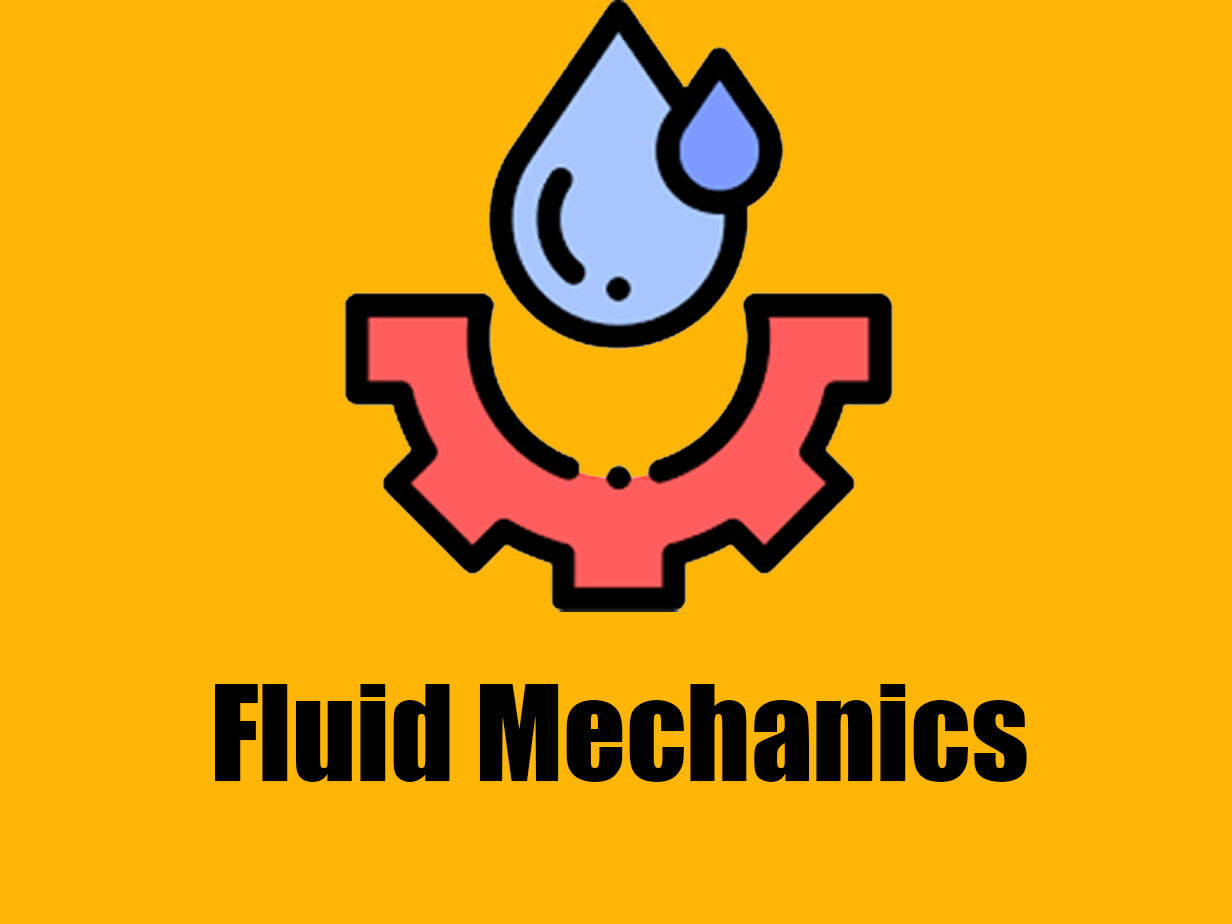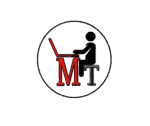Fluid Mechanics
Free

-
Index
- Mach Number
- Boundary Layer Separation
- Venturimeter Sum
- Boundary Layer Thickness
- Euler’s Equation
- Eulerian Method
- Fluids
- Measurement Of Pressure
- ORIFICEMETER-VENTURIMETER
- Pipes in Series Numericals
- STREAM-POTENTIAL-FUNCTION
- Types of Flow
- Velocity-Vectors-Numericals
- Archimedis Principal
- Boundary Layer Sum
- Energy Losses
- Drag & Lift Force
- Preventing Boundary Layer Separation
- Boundary Layer Separation Numerical
- Continuity Equation in 3d Cartesian Form
Fluid Mechanics
Objectives for the subject Fluid Mechanics To study fluid statics and fluid dynamics. To study application of mass, momentum and energy equations in fluid flow. To learn various flow measurement techniques.
Outcomes for the subject Fluid Mechanics Learner will be able to…. Define properties of fluids and classification of fluids. Evaluate hydrostatic forces on various surfaces and predict stability of floating bodies. Formulate and solve equations of the control volume for fluid flow systems. Apply Bernoulli’s equation to various flow measuring devices. Calculate resistance to flow of incompressible fluids through closed conduits and over surfaces. Apply fundamentals of compressible fluid flows to relevant systems.
Chapter Fluid Definition and properties, Newton’s law of viscosity concept of continuum, Classification of fluids. Chapter Fluid Statics consists of the following subtopics Definition of body and surface forces, Pascal’s law, Basic hydrostatic equation, Forces on surfaces due to hydrostatic pressure, Buoyancy and Archimedes’ principle. Chapter Fluid Kinematics consists of the following subtopics Eulerian and Lagrangian approach to solutions; Velocity and acceleration in an Eulerian flow field; Definition of streamlines, path lines and streak lines; Definition of steady/unsteady, uniform/non-uniform, one-two and three dimensional flows; Definition of control volume and control surface, Understanding of differential and integral methods of analysis Definition and equations for stream function, velocity potential function in rectangular and cylindrical co-ordinates, rotational and irrotational flows; Definition and equations for source, sink, irrotational vortex, circulation.
Chapter Fluid Dynamics consists of the following subtopics Integral equations for the control volume: Reynold’s Transport theorem, equations for conservation of mass, energy and momentum, Bernoulli’s equation and its application in flow measurement, pitot tube, venture, orifice and nozzle meters. Chapter Differential equations for the control volume consists of the following subtopics Mass conservation in 2 and 3 dimension in rectangular, Euler’s equations in 2,3 dimensions and subsequent derivation of Bernoulli’s equation; Navier-Stokes equations (without proof) in rectangular Cartesian co-ordinates; Exact solutions of Navier-Stokes Equations to viscous laminar flow between two parallel planes (Couette flow and plane Poiseuille flow).
Chapter Real fluid flows consists of the following subtopics Definition of Reynold’s number, Laminar flow through a pipe (Hagen-Poiseuille flow), velocity profile and head loss; Turbulent flows and theories of turbulence-Statistical theory, Eddy viscosity theory and Prandtl mixing length theory; velocity profiles for turbulent flows universal velocity profile, 1/7th power law; Velocity profiles for smooth and rough pipes. Darcy’s equation for head loss in pipe (no derivation),Moody’s diagram, pipes in series and parallel, major and minor losses in pipes.
Chapter Boundary Layer Flows consists of the following subtopics Concept of boundary layer and definition of boundary layer thickness, displacement, momentum and energy thickness; Growth of boundary layer, laminar and turbulent boundary layers, laminar sub-layer; Von Karman Momentum Integral equation for boundary layers (without proof), analysis of laminar and turbulent boundary layers, drag, boundary layer separation and methods to control it, streamlined and bluff bodies. Aerofoil theory: Definition of aerofoil, lift and drag, stalling of aerofoils, induced drag.
Chapter Compressible Fluid flow consists of the following subtopics Propagation of sound waves through compressible fluids, Sonic velocity and Mach number; Application of continuity , momentum and energy equations for steady state conditions; steady flow through nozzle, isentropic flow through ducts of varying cross-sectional area, Effect of varying back pressure on nozzle performance, Critical pressure ratio 6.2 Normal shocks, basic equations of normal shock, change of properties across normal shock.
Suggested References books for the subject Fluid Mechanics by Mumbai University are as follows Fluid Mechanics by Yunus A Cengel and John M Cimbala, McGraw Hill Education, 3rd Edition 2. Fluid Mechanics and Machinery by C S P Ojha, Chandramouli and R Berndtsson, Oxford University Press 3. Introduction to Fluid Mechanics by Fox and McDonald 4. Fluid Mechanics by R K Bansal 5. Fluid Mechanics by Victor Streeter, Benjamin Wylie and K W Bedford, McGraw Hill Education, 9th Edition 6. Fluid Mechanics by K. L. Kumar 7. Introduction to Fluid Mechanics by James A. Fay 8. Fluid Mechanics by B. M. Massey 9. Mechanics of Fluids by Irving Shames 10. Fluid Mechanics and Hydraulics, S. K. Ukarande, Ane Books Pvt.Ltd.
Prepare For Your Placements: https://lastmomenttuitions.com/courses/placement-preparation/
![]()
/ Youtube Channel: https://www.youtube.com/channel/UCGFNZxMqKLsqWERX_N2f08Q
Follow For Latest Updates, Study Tips & More Content!
Course Features
- Lectures 20
- Quizzes 0
- Duration 50 hours
- Skill level All levels
- Language English
- Students 335
- Certificate No
- Assessments Yes



